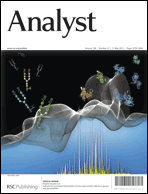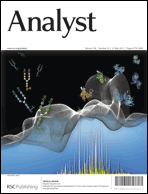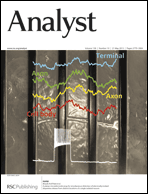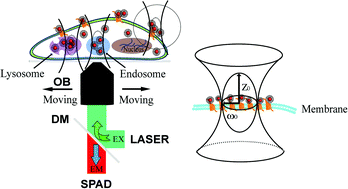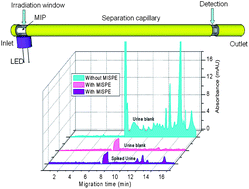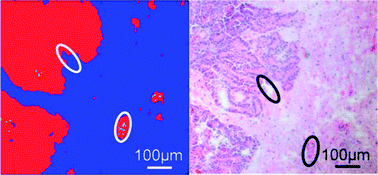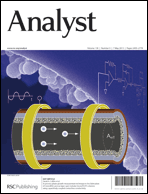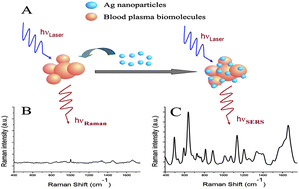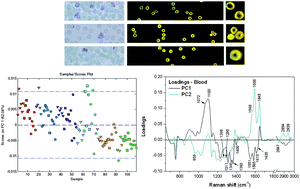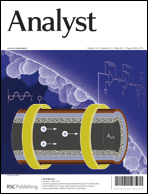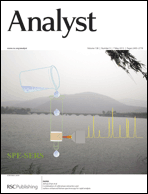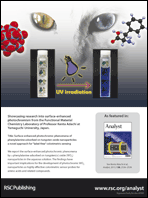Enjoy our new HOT papers free for you to read until May 15th. Click on the links below:
Study of receptor mediated selective anion transmembrane transport using parallel artificial membrane permeability assay
Lenka Veverková, Kamil Zárubaa and Vladimír Král
Analyst, 2013,138, 2804-2807
DOI: 10.1039/C3AN36760F
LED-induced in-column molecular imprinting for solid phase extraction/capillary electrophoresis
Xinfeng Zhang, Shuxia Xu, Yong-Ill Lee and Steven A. Soper
Analyst, 2013,138, 2821-2824
DOI: 10.1039/C3AN00257H
Radical induced disulfide bond cleavage within peptides via ultraviolet irradiation of an electrospray plume
Craig A. Stinson and Yu Xia
Analyst, 2013,138, 2840-2846
DOI: 10.1039/C3AN00303E
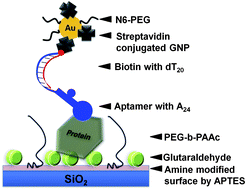
Detection of factor IX using PEG-based blocking agents
A dual channel optical detector for trace water chemodosimetry and imaging of live cells
Guangwen Men, Guirong Zhang, Chunshuang Liang, Huiling Liu, Bing Yang, Yuyu Pan, Zhenyu Wang and Shimei Jiang
Analyst, 2013,138, 2847-2857
DOI: 10.1039/C3AN36887D
An in situ spatially resolved analytical technique to simultaneously probe gas phase reactions and temperature within the packed bed of a plug flow reactor
Jamal Touitou, Robbie Burch, Christopher Hardacre, Colin McManus, Kevin Morgan, Jacinto Sá and Alexandre Goguet
Analyst, 2013,138, 2858-2862
DOI: 10.1039/C3AN00250K
A high-performance waveguide-mode biosensor for detection of factor IX using PEG-based blocking agents to suppress non-specific binding and improve sensitivity
Thangavel Lakshmipriya, Makoto Fujimaki, Subash C. B. Gopinath, Koichi Awazu, Yukichi Horiguchi and Yukio Nagasaki
Analyst, 2013,138, 2863-2870
DOI: 10.1039/C3AN00298E
Probing site-exclusive binding of aqueous QDs and their organelle-dependent dynamics in live cells by single molecule spectroscopy
Chaoqing Dong, Basudev Chowdhury and Joseph Irudayaraj
Analyst, 2013,138, 2871-2876
DOI: 10.1039/C3AN36906D
A thin-layered chromatography plate prepared from naphthalimide-based receptor immobilized SiO2 nanoparticles as a portable chemosensor and adsorbent for Pb2+
Sunhong Park, Jin Hyeok Lee and Jong Hwa Jung
Analyst, 2013,138, 2812-2815
DOI: 10.1039/C3AN00292F


